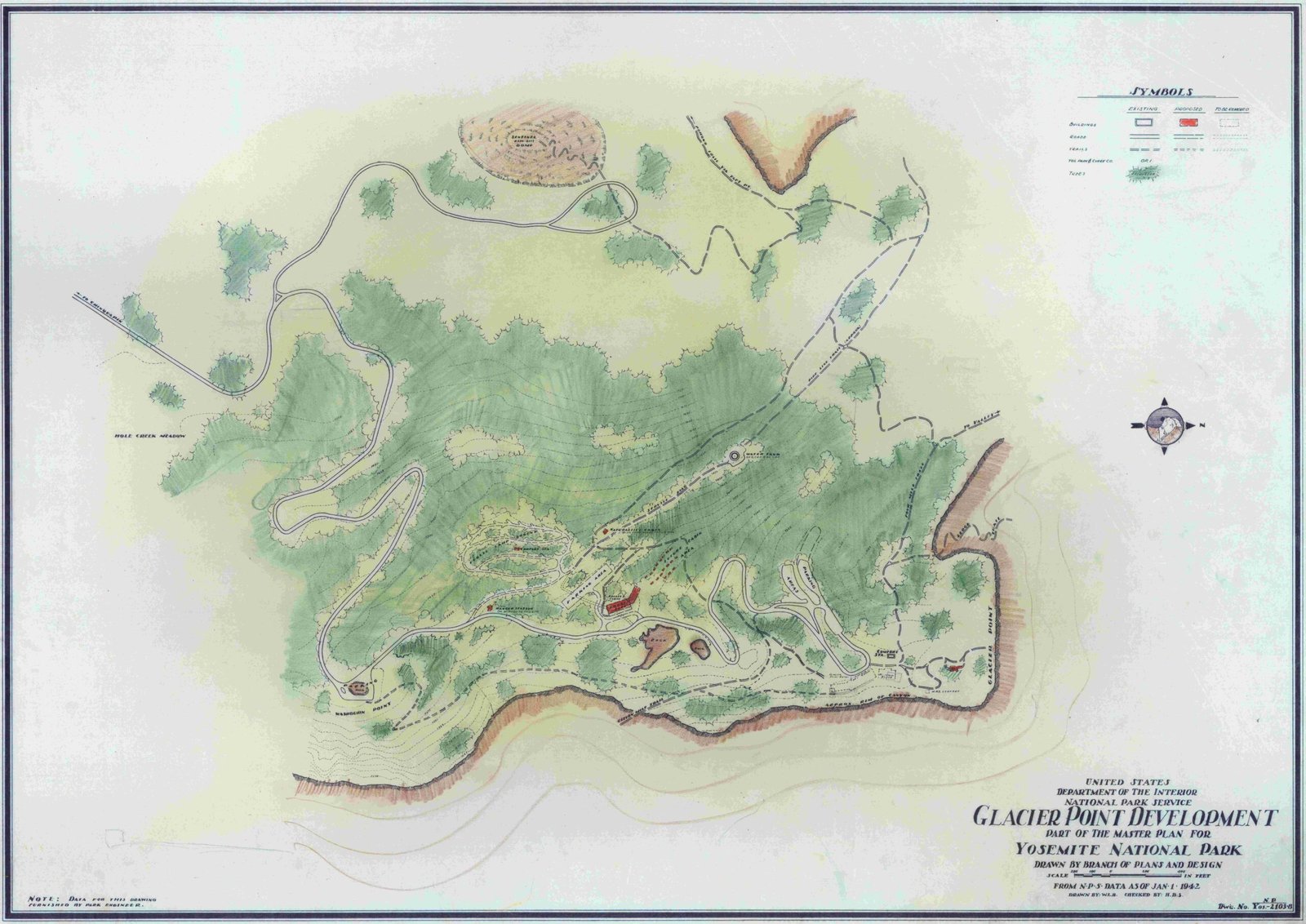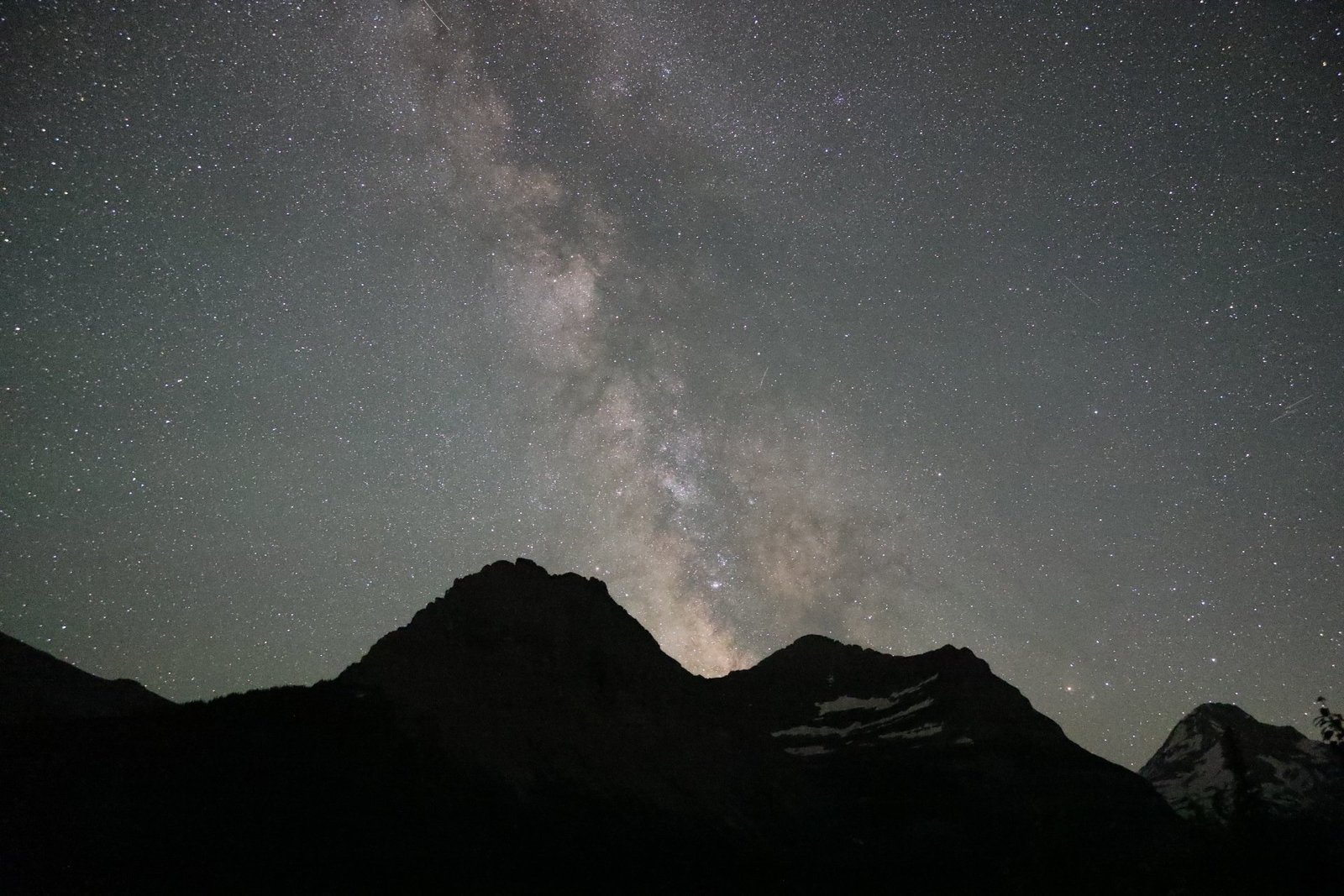Glacier National Park, a stunning wilderness area known for its rugged mountains, pristine forests, and spectacular glaciers, is located in Canada, not the United States. Situated in the southeast region of British Columbia, this park is part of Canada’s national park system. It’s important to note that there is a separate Glacier National Park in the United States, located in Montana, which often causes confusion. The Canadian Glacier National Park covers 1,349 square kilometers of diverse terrain in the Selkirk Mountains, offering visitors a unique blend of natural beauty and outdoor adventures.
Where Is Glacier National Park Located?

Glacier National Park is situated in the heart of British Columbia, Canada. Here are the key details about its location:
- Geographical Coordinates: 51°18′0″N 117°31′7″W
- Region: Southeast British Columbia
- Mountain Range: Part of the Selkirk Mountains in the Columbia Mountains
- Nearby Parks: Located between Yoho and Mount Revelstoke National Parks
- Highway Access: Bisected by the Trans-Canada Highway
- Nearest Cities:
- Revelstoke (72 km west)
- Golden (80 km east)
The park’s strategic location along the Trans-Canada Highway makes it easily accessible for visitors traveling between major cities like Calgary and Vancouver.
What Makes Glacier National Park Unique?

Glacier National Park stands out for several reasons:
- Diverse Ecosystems: The park encompasses a range of habitats from lush rainforests to alpine meadows.
- Glacial Features: As the name suggests, the park is home to numerous glaciers and ice fields.
- Historical Significance: Rogers Pass, located within the park, played a crucial role in the completion of the Canadian Pacific Railway.
- Wildlife Diversity: The park supports a rich variety of wildlife, including rare and endangered species.
- Recreational Opportunities: Offers year-round activities from summer hiking to winter skiing.
What Activities Can Visitors Enjoy in Glacier National Park?
Glacier National Park offers a wide array of activities for outdoor enthusiasts:
Hiking Trails
- 1885 Trail
- Length: 7.2 km
- Difficulty: Easy
-
Features: Historical Pacific rail-grade, scenic views
-
Bear Creek Falls Trail
- Length: 1 km
- Difficulty: Easy
-
Features: Leads to Bear Creek Falls
-
Asulkan Valley Trail
- Length: 13.8 km
- Difficulty: Moderate
- Elevation Gain: 869 meters
-
Features: Views of glaciers, mountains, and waterfalls
-
Bostock Creek Trail
- Length: 15.6 km
- Difficulty: Moderate
- Elevation Gain: 740 meters
-
Features: Rainforest and subalpine forest
-
Glacier Crest Trail
- Length: 11.4 km
- Difficulty: Difficult
- Elevation Gain: 958 meters
- Features: Panoramic views of mountains and glacial ice
Seasonal Activities
| Season | Activities |
|---|---|
| Summer | Hiking, wildlife viewing, fishing |
| Winter | Skiing, snowshoeing, winter camping |
What Wildlife Can Be Seen in Glacier National Park?
Glacier National Park is home to a diverse array of wildlife:
Mammals
- Predators: Cougar, coyote, lynx, timber wolf, wolverine, black bears, and brown bears
- Herbivores: Caribou, elk, moose, mule deer, mountain goat, and white-tailed deer
Birds
- Over 230 species, including golden eagles
Wildlife Viewing Tips
- Follow park regulations and safety guidelines
- Be aware of bear activity areas
- Hike in groups of at least four people in certain areas due to bear presence
- Use binoculars for distant wildlife observation
- Visit during early morning or late evening for better chances of wildlife sightings
What Accommodation Options Are Available in Glacier National Park?
Visitors to Glacier National Park have several accommodation options:
Within the Park
- Frontcountry Campgrounds
- Open from late June
- Basic amenities including bathrooms
-
Reservations through Parks Canada system
-
Backcountry Campgrounds
- For more adventurous campers
- Limited facilities
-
Require backcountry permits
-
Backcountry Huts and Cabins
- Four available options
- Ideal for hikers and backcountry explorers
- Reservations required
Nearby Towns
- Golden: 80 km east of the park
- Hotels, motels, bed and breakfasts
- Revelstoke: 72 km west of the park
- Various lodging options including resorts and lodges
How Does Glacier National Park in Canada Differ from Its US Namesake?
While both parks share the name “Glacier National Park,” there are significant differences:
- Location:
- Canadian park: British Columbia
-
US park: Montana
-
Size:
- Canadian park: 1,349 square kilometers
-
US park: 4,101 square kilometers
-
Mountain Range:
- Canadian park: Selkirk Mountains
-
US park: Rocky Mountains
-
Accessibility:
- Canadian park: Bisected by Trans-Canada Highway
-
US park: More remote, accessed by Going-to-the-Sun Road
-
Climate:
- Canadian park: More influenced by Pacific maritime climate
-
US park: Continental climate with some alpine influence
-
Visitor Numbers:
- Canadian park: Generally fewer visitors
- US park: Higher visitation, especially in summer months
What Are the Best Times to Visit Glacier National Park?
The best time to visit Glacier National Park depends on your preferred activities:
- Summer (July-August)
- Peak season for hiking and sightseeing
- All facilities and trails open
-
Warmer temperatures, but can be crowded
-
Fall (September-October)
- Beautiful fall colors
- Fewer crowds
-
Cooler temperatures, possibility of early snow
-
Winter (November-April)
- Ideal for winter sports like skiing and snowshoeing
- Limited access to some areas due to snow
-
Spectacular winter scenery
-
Spring (May-June)
- Wildflowers begin to bloom
- Some trails may still be snow-covered
- Fewer visitors, but unpredictable weather
How Can Visitors Prepare for a Trip to Glacier National Park?
To make the most of your visit to Glacier National Park, consider these preparation tips:
-
Check Park Conditions: Visit the Parks Canada website for up-to-date information on trail conditions, weather, and any closures.
-
Make Reservations: Book campgrounds or backcountry permits in advance, especially during peak season.
-
Pack Appropriately:
- Summer: Layers, rain gear, sturdy hiking boots
-
Winter: Warm clothing, snow gear, avalanche safety equipment if backcountry skiing
-
Bear Safety:
- Carry bear spray
- Learn proper food storage techniques
-
Make noise while hiking to avoid surprising wildlife
-
Plan Your Route: Research trails and choose ones that match your fitness level and time constraints.
-
Obtain Necessary Permits: For activities like fishing or backcountry camping.
-
Learn Leave No Trace Principles: Help preserve the park’s natural beauty for future generations.
By understanding that Glacier National Park is indeed in Canada and not the United States, visitors can properly plan their trip to this magnificent wilderness area. Whether you’re interested in hiking through pristine forests, observing diverse wildlife, or experiencing the thrill of winter sports, Glacier National Park offers a unique and unforgettable experience in the heart of British Columbia’s mountains.
References:
1. https://parks.canada.ca/pn-np/bc/glacier/visit
2. https://national-parks.org/canada/glacier-canada
3. https://en.wikipedia.org/wiki/Glacier_National_Park_(Canada)